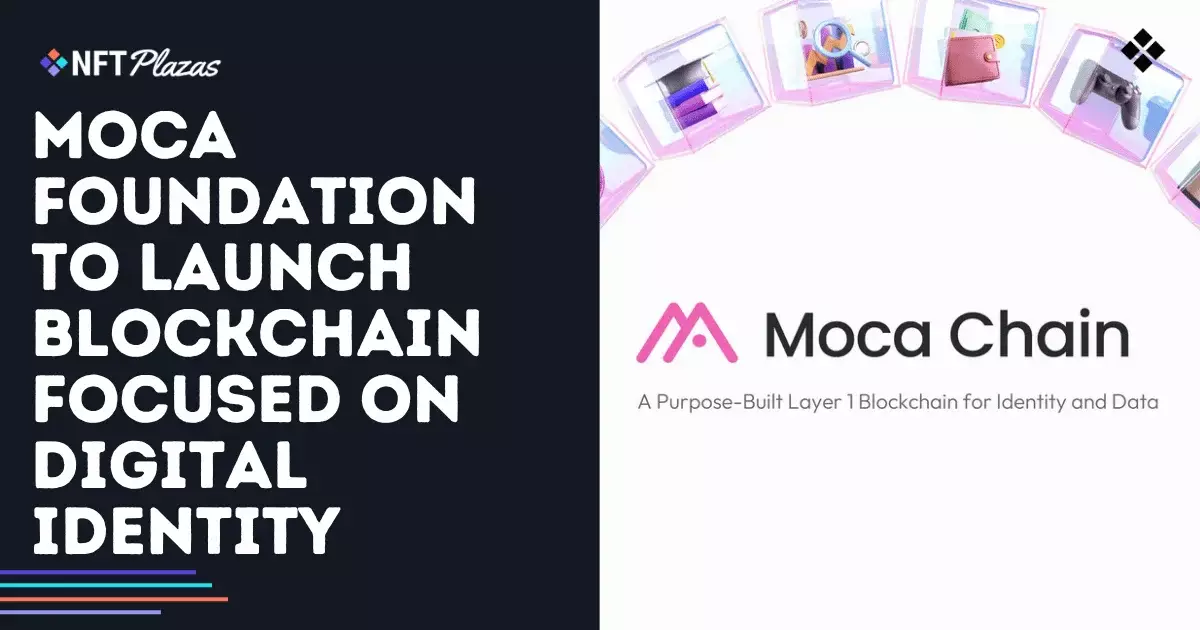The launch of Nitro Nation: World Tour (NNWT) in late 2023 represents a commendable attempt at blending traditional mobile racing with the emerging worlds of blockchain technology. Yet, beneath the shiny exterior of licensed cars from McLaren, Aston Martin, and Jaguar, the game exposes a fundamental dilemma: the promise of innovative digital ownership often falls short of delivering a seamless and rewarding gaming experience. Instead, what emerges is a product that struggles to reconcile its dual identities as both a straightforward racing game and an ambitious foray into blockchain integration—a dichotomy that leaves many players feeling uncertain or even exploited.
While the core gameplay—timed, no-steering drag races—offers immediate accessibility, it ironically simplifies the experience to such a degree that genuine skill seems secondary. Players rely heavily on perfect timing and upgraded vehicles, with progression often hampered by grinding mechanics and pay-to-accelerate systems. In a saturated market, where titles like CSR Racing or Asphalt dominate, NNWT’s effort to carve out a niche appears superficial rather than revolutionary.
The inclusion of optional NFTs and blockchain features is framed as a cutting-edge element, yet it remains largely superficial for most users. Many players do not want to wrestle with digital wallets or cryptocurrency transactions; they simply crave a fun racing experience. The game responds to this preference by making blockchain participation entirely optional, but in doing so, it risks alienating those who are genuinely interested in owning digital assets. Furthermore, the prices of NFT vehicles can sometimes skyrocket beyond the cost of real-world counterparts, leading to perceptions of speculation rather than genuine innovation. The game’s approach feels more like a marketing stunt—a superficial nod to blockchain hype—than a meaningful evolution of the racing genre.
Progression and Monetization: A Systemic Flaw
One of the glaring issues with NNWT lies in its progression mechanics. The game purports to offer a balanced and rewarding upgrade system, but many players report that progress becomes a tedious grind, especially without investing real money. This potentially incentivizes microtransactions, which can turn what should be a fun game into a pay-to-win environment. The tangible implication is that skill and strategic tuning are overshadowed by the size of a player’s wallet, a troubling trend that diminishes the core appeal of competitive racing.
Even with a simplified control scheme that focuses solely on timing—eliminating the complexities of steering—the game’s true challenge lies in managing car upgrades and resource allocation. This indirect emphasis shifts the focus from player ability to financial investment, disrupting the fairness that racing games traditionally foster. The developers have attempted to address these concerns through ongoing updates—refining tuning systems, fixing bugs, and introducing seasonal content—but the core issue persists: the game nudges players toward spending money rather than rewarding skillful play.
The social aspects, such as Clubs and multiplayer leaderboards, certainly add layers of engagement, but they too are not immune to monetization pressures. Unlocking higher-tier upgrades or benefiting from Workshop NFTs requires either diligent grinding or spending, turning social gaming into another arena where financial leverage matters more than expertise. This model, while lucrative for developers, ultimately compromises the integrity that should drive competitive play.
Visuals and Mechanics: A Double-Edged Sword
Graphically, NNWT impresses with realistic car models and authentic effects, creating a palpable sense of speed. The absence of steering mechanics simplifies gameplay, making it accessible to casual players who might otherwise feel overwhelmed by more complex controls. The game’s focus on precise gear shifts, nitrous management, and timing injects a layer of skill, yet the overall experience feels overly streamlined—almost to the point of blandness.
This minimalism conversely becomes a double-edged sword. While the graphics maintain high fidelity, the lack of nuanced control diminishes the depth that hardcore racing fans might seek. The asynchronous Ghost Race mode and real-time PvP can generate competitive excitement, but connectivity issues such as lag and matchmaking delays tarnish the experience, especially when players are eager for instant gratification.
Customization plays a pivotal role, allowing players to personalize their vehicles both visually and performance-wise. However, the presence of NFT cars capable of slightly better stats feels more like a status symbol than a meaningful upgrade, especially when compared to the significant grinding and resource management required for better real-world cars within the game’s ecosystem. The question remains whether these digital assets genuinely add value or merely bolster the game’s monetization scheme.
Long-Term Prospects and Hidden Risks
Despite its flaws, NNWT’s developers are evidently committed to evolving the platform. Their focus on long-term updates, seasonal content, and expanding partnerships indicates a strategic effort to embed the game into the competitive mobile racing landscape. Yet, the question persists: how genuine is this commitment, or is it merely a reactive approach to feedback and market pressure?
The incorporation of blockchain elements, while presented as optional, raises concerns about a future where digital ownership could be exploited to manipulate player engagement and spending habits further. The allure of ownership—an idea heavily marketed—might mask a growing pay-to-win culture or an ecosystem increasingly dependent on secondary trading that favors wealthier players.
Moreover, the game’s reliance on live services, updates, and seasonal content seems to echo a model prone to fatigue—where freshness is maintained primarily through new cars, events, and NFT assets rather than substantive gameplay improvements. This approach risks diluting the core racing experience in favor of transient content, which may fray players’ patience over time.
The overarching challenge for NNWT is to balance technological innovation with genuine gameplay quality. A center-right perspective views this game as a microcosm of larger industry trends—where the pursuit of blockchain integration and monetization often overshadow the fundamental entertainment value. If developers prioritize player agency, skill-based progression, and transparent value—rather than superficial features and speculative digital assets—there remains potential for NNWT to transcend its current limitations. Until then, it remains an intriguing yet ultimately flawed experiment in mobile racing’s future.
















Leave a Reply